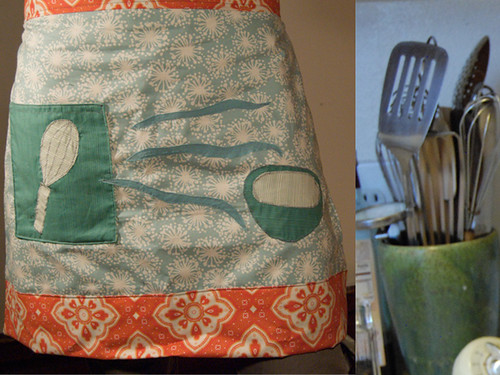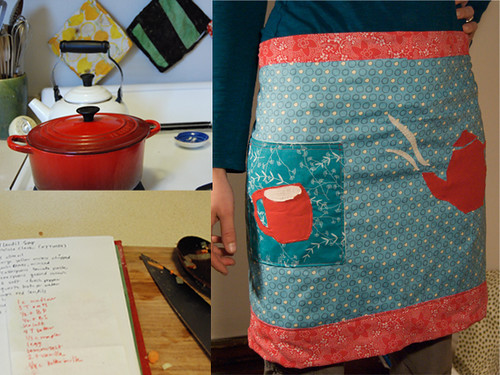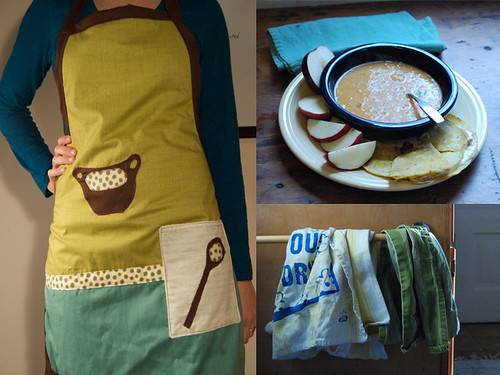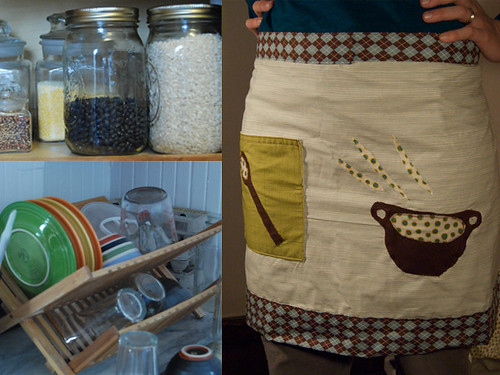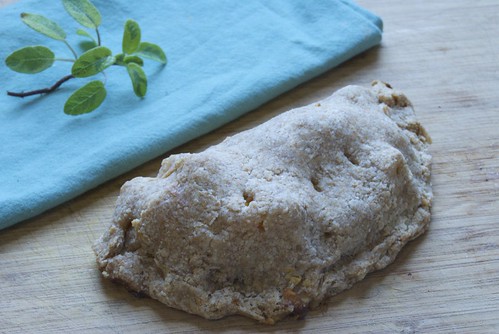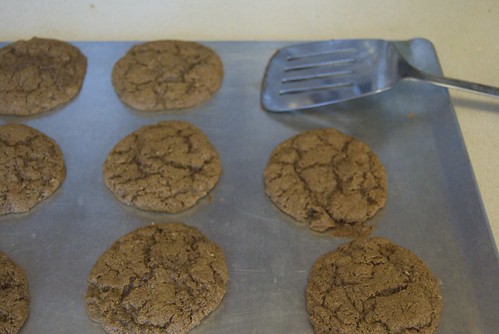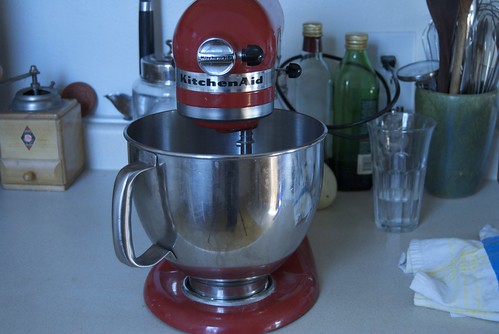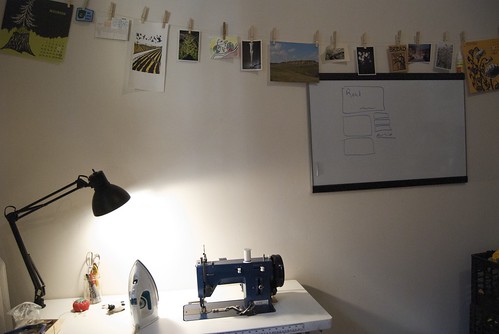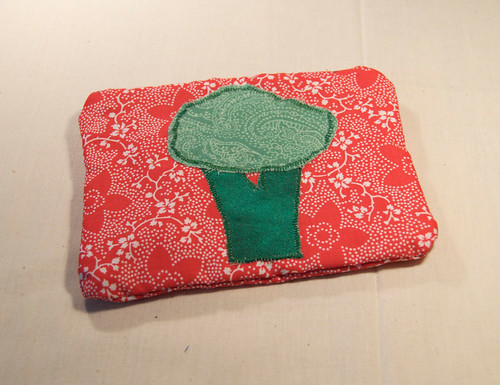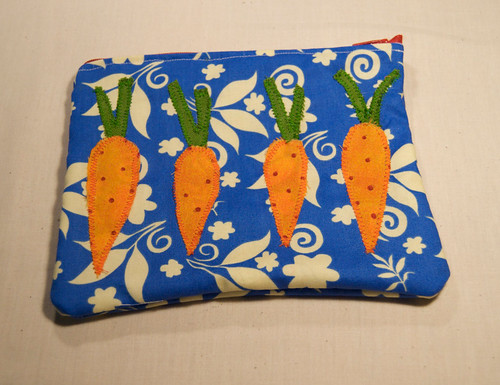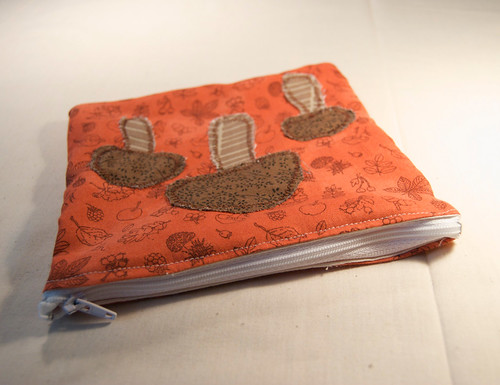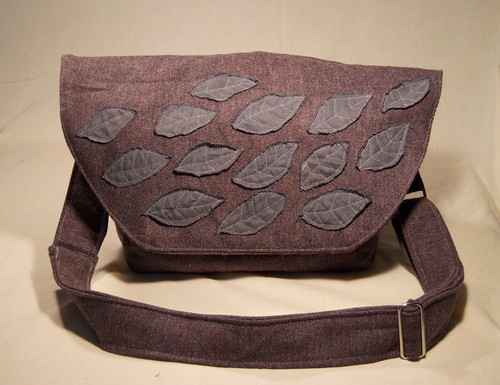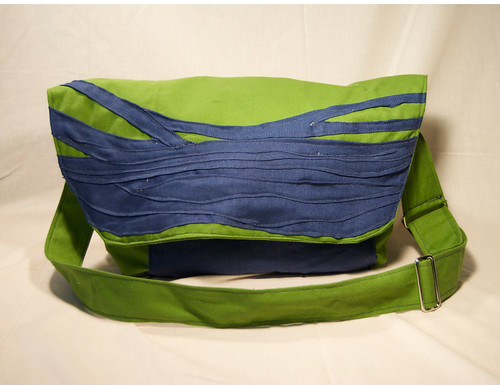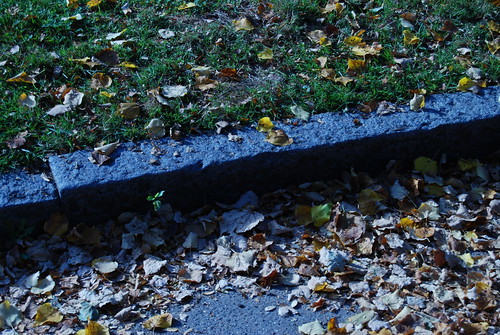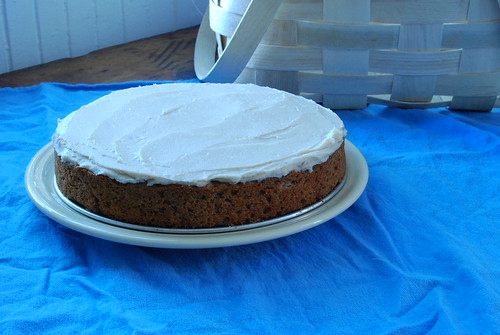
Fermenting is something that I've been wanting to add to my kitchen processes for a while now. We're already doing a little bit. Ray brews beer using carefully controlled yeast to create an ideal end result. Pretty much every week I heat milk and add cultures to create
yogurt. I have been working on getting a sourdough started for bread making. Despite the cultured environment in our kitchen, I haven't done much vegetable fermenting. While
volunteering in Costa Rica we ate homemade sauerkraut as part of almost every dinner and I have been wanting to try making it myself.
I've never been much of a pickle eater but as I learned more about how healthy fermented foods are, I started occasionally munching on ruby kraut that I bought from
a farm in Maine. I also read two books by Sandor Ellix Katz. The first was
The Revolution Will Not Be Microwaved which discusses, in Katz's light hearted, personable writing style, things that people are doing to improve our food systems. His other book is
Wild Fermentation in which Katz explains how to make everything from sauerkraut to sourdough to beer and wine using the cultures and microorganisms found in the air and on the foods that are going to be fermented.
Fermenting seemed like the next step in my interest in food preservation and making it myself. It is basically the oldest form of food preservation, discovered by some happy accident that brought us beer, bread, cheese and wine. Its the ultimate local food in which microorganisms specific to the location of the fermenting do most of the work to transform vegetables, grains or milk into something that we can digest more easily. Fermentation also breaks down foods in such a way that often makes more nutrients available to our bodies.
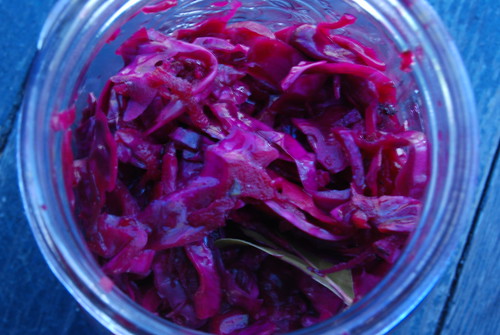
In Wild Fermentation Katz gives basic guidelines for the different ferments but encourages everyone to experiment. For my sauerkraut I combined shredded cabbage and beets with a little bit of bay leaves, whole cloves and allspice. The spices didn't add a lot of flavor, but I like the way the beets give a bit of sweetness to the cabbage. I said
before that I wasn't really a condiment person but I think this sauerkraut makes a nice condiment or small side dish to a meal. It can be added to salads for vibrant color and vivid flavor. I haven't tried it in a sandwich, but it appeals to you, you can easily ferment your own.
Fermenting is a bit like planting a seed. It doesn't seem like anything could happen when you put a bunch of shredded cabbage in a jar (or a hard little seed into the dark cool soil) but after a few days it will be transformed. It is a biological process that is also a magical interaction with the world.
Red Sauerkraut
adapted from Wild Fermentation
Feel free to experiment with this and add other veggies or seasonings. Salt is important to fermenting vegetables because it helps draw water out of the cabbage to create a brine and keeps the vegetables from rotting, instead allowing the microorganisms to ferment them.
Ingredients
1 medium sized head of red cabbage
4 medium sized red beets
2 tablespoons salt
Equipment
1 large ceramic crock or glass jar (big enough to hold the shredded cabbage and beets and with a wide opening)
Plate that fits inside crock or jar
1 to 2 quart sized glass jars, washed, rinsed, filled with water and lidded
dishcloth or towel
Wash cabbage and beets removing any wilted leaves or undesirable parts. Shred cabbage and beets and place in a large bowl. As you add them to the bowl, sprinkle some of the salt on top. Add other vegetables and herbs, if desired. Once you have finished chopping and salting, mix everything together. Put enough of the mixture to cover the bottom of the crock and pack it down using a wooden spoon or your fist. Add another layer and continue tamping until all of the vegetables have been added and packed in.
Cover this with a plate and place the jar as a weight on top. This helps press the water out of the cabbage and keeps it covered with this brine. Initially, there may not be enough brine to cover everything but check it a few times during the first day and press as necessary until there is enough liquid to cover everything. If the brine does not cover the cabbage by the next day, add 1 tablespoon of salt to 1 cup of water, stir to dissolve, and add enough salt water to cover the cabbage. Cover the crock with a towel or dishcloth held on by a rubber band or string.
Let it ferment. Every day or two, check the sauerkraut. Sometimes a white mold will bloom on the surface. It is harmless, simply skim it off. Taste and smell the sauerkraut to see if it has reached a flavor and tang that you enjoy. In a cool place the fermentation can be slower and longer, if it is warm it will happen more quickly so check more frequently. You can remove a bowl or jar-ful at a time and keep in in the fridge while the rest continues to ferment or once it has reached the flavor you enjoy put it in jars and keep in the fridge for a few months. This recipe yields about two quarts of red sauerkraut.
